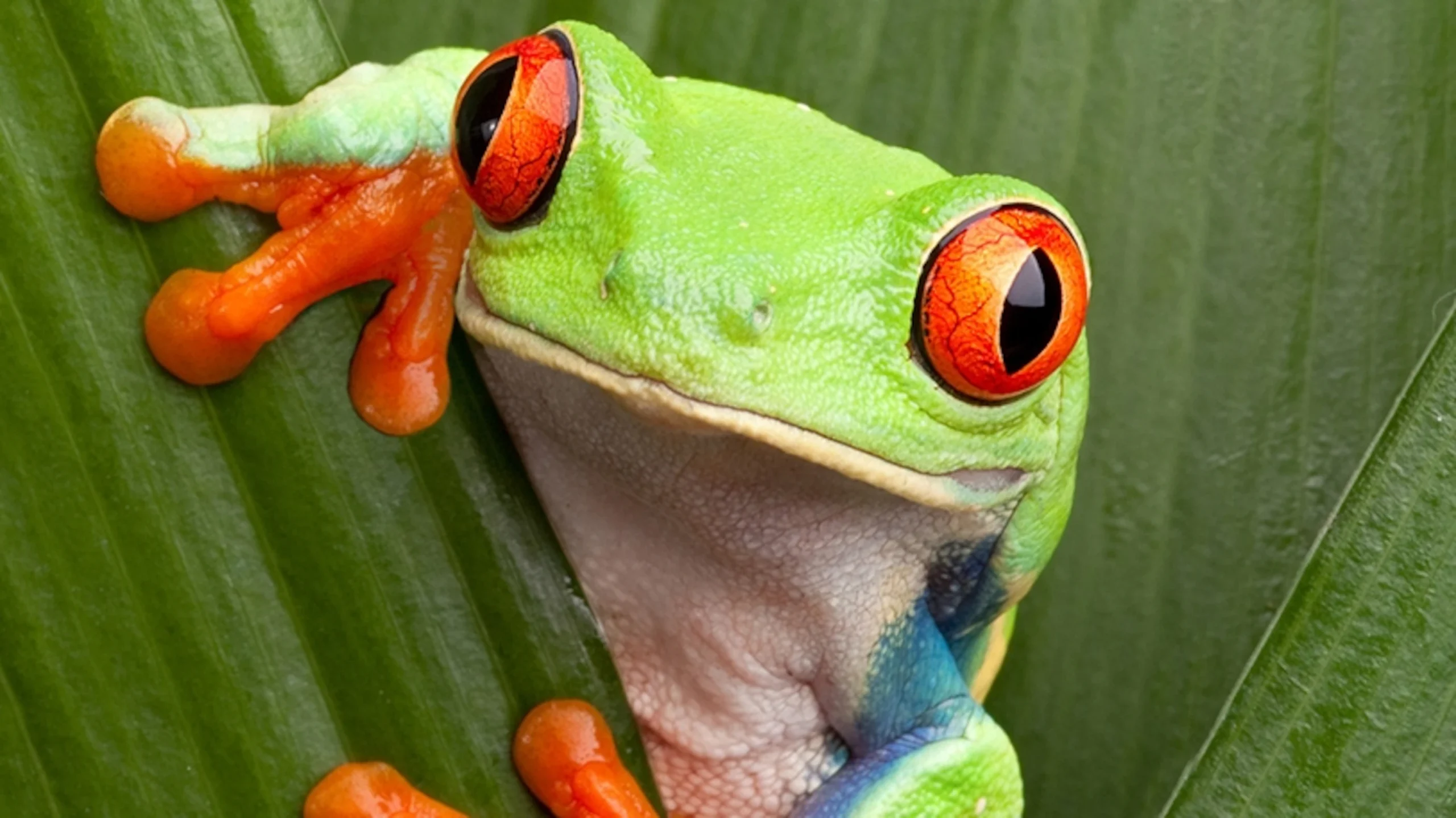Asia has a rich heritage and a long history, with traditions that come to life when we think about the Silk Road. The bustling cities of Asia, contrasted with vast grasslands, reveal the diversity of this continent. During the golden age of the Silk Road, Central Asia played a crucial role, serving as a significant market for traders worldwide.

Cities like Bukhara in Uzbekistan and Osh in Tajikistan were vital hubs where foreign businesses traded for high-quality products. The demand for Asia’s spices and clothing was particularly noteworthy during this era. To experience the heart of traditional Asia, one must venture into the snow-capped Pamir Mountains, accessible through the challenging roads of Tajikistan.
Central Asia’s villages showcase diversity with their round yurt houses, offering comfort in both summer and winter. The yurts, common in many Central Asian villages, provide a glimpse into the region’s unique architecture and lifestyle. Despite the diverse ethnicities in Asia, the locals warmly welcome and entertain foreigners.
The influence of Islam is strong in Central Asia, where the Western way of life has not overshadowed the traditional values. Cultural purity remains intact, and the people continue to cherish their traditions. Central Asia acts as a bridge between the East and West, facilitating the exchange of different cultures, religions, and lifestyles along the Silk Road.
Central Asia stands as a fertile land of art, culture, and knowledge. The architectural marvels of cities like Bukhara, Samarkand, and Khiva in Uzbekistan showcase the region’s rich history. Exploring the famous Silk Road in Central Asia leaves a lasting impression, inviting travelers to return and delve deeper into the cultural tapestry of this extraordinary continent.
